Magoksa Temple In Gongju
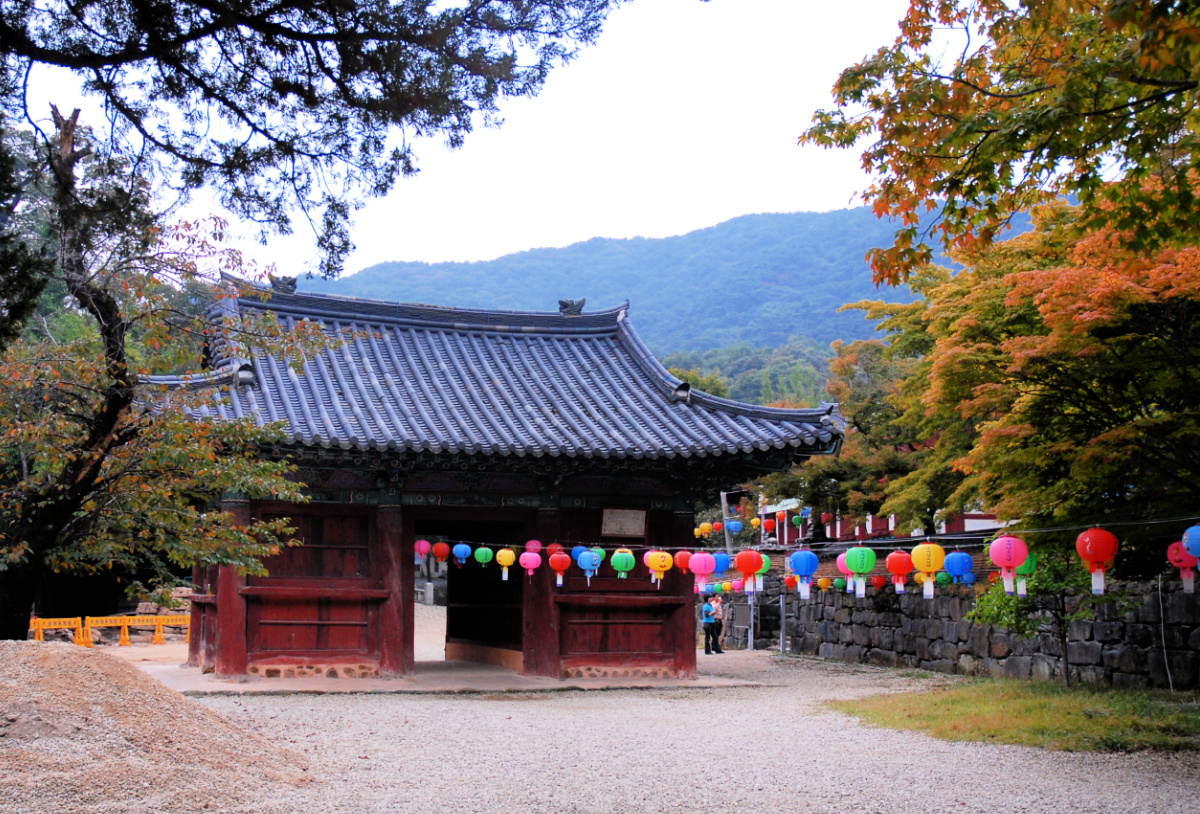 The four guardians (gods) gate and entrance area to Magoksa Temple in Gongju.
The four guardians (gods) gate and entrance area to Magoksa Temple in Gongju.Magoksa Temple (Korean: 마곡사; Hanja: 麻谷寺) is the head temple of the Jogye Order of Korean Buddhism in Gongju, South Korea. Let's explore its rich history and unique features.
Magoksa Temple is on the serene and picturesque eastern slope of Taehwasan mountain, enveloped by the gentle curves of Taegeukcheon Stream.
The temple's natural setting is shaped like a taegeuk symbol, adding to its beauty and uniqueness.
The peaceful and calm surroundings of the temple create a perfect atmosphere for visitors to engage in meditation and introspection, providing a tranquil escape from the hustle and bustle of everyday life.
Founding & Origins of Magoksa
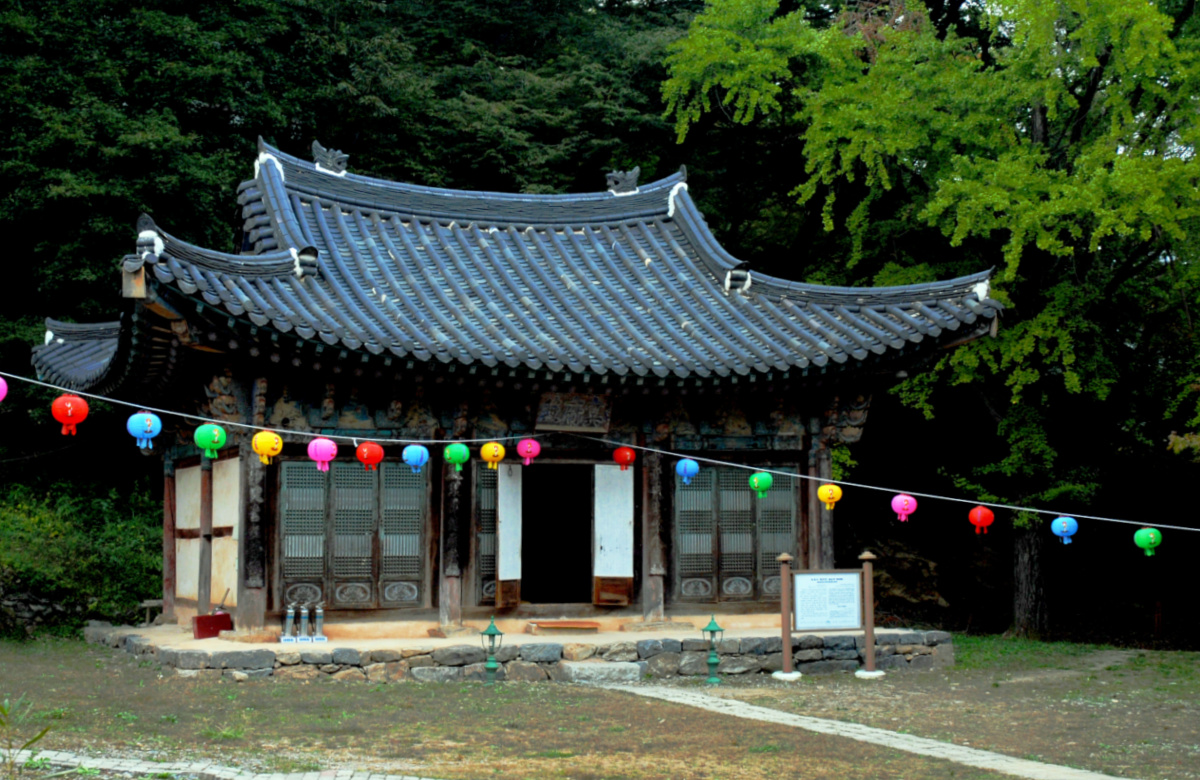
Magoksa Temple in Gongju is a picturesque, serene Buddhist temple with a rich and fascinating history. It was founded in 640 CE by Vinaya Master Jajang Yulsa, who also constructed the famous Tongdosa Temple.
Queen Seondeok of Silla granted Jajang Yulsa 200 pyeong of land, which he used to build a brick pagoda and establish Magoksa Temple.
The temple's name, "Magoksa," which translates to "Hemp Valley Temple," was given by Venerable Bocheol Hwasang, who compared the gathering of people for Dharma talks to closely packed hemp stalks.
Today, the temple is a testament to ancient Korea's architectural and artistic prowess, stunning design, and intricate artwork. Visitors can marvel at this magnificent temple complex's beautiful gardens, peaceful walkways, and ornate structures.
The temple also offers various programs and activities, including meditation classes and traditional tea ceremonies, allowing visitors to immerse themselves in the rich culture and spirituality of Korean Buddhism.
Historical Significance
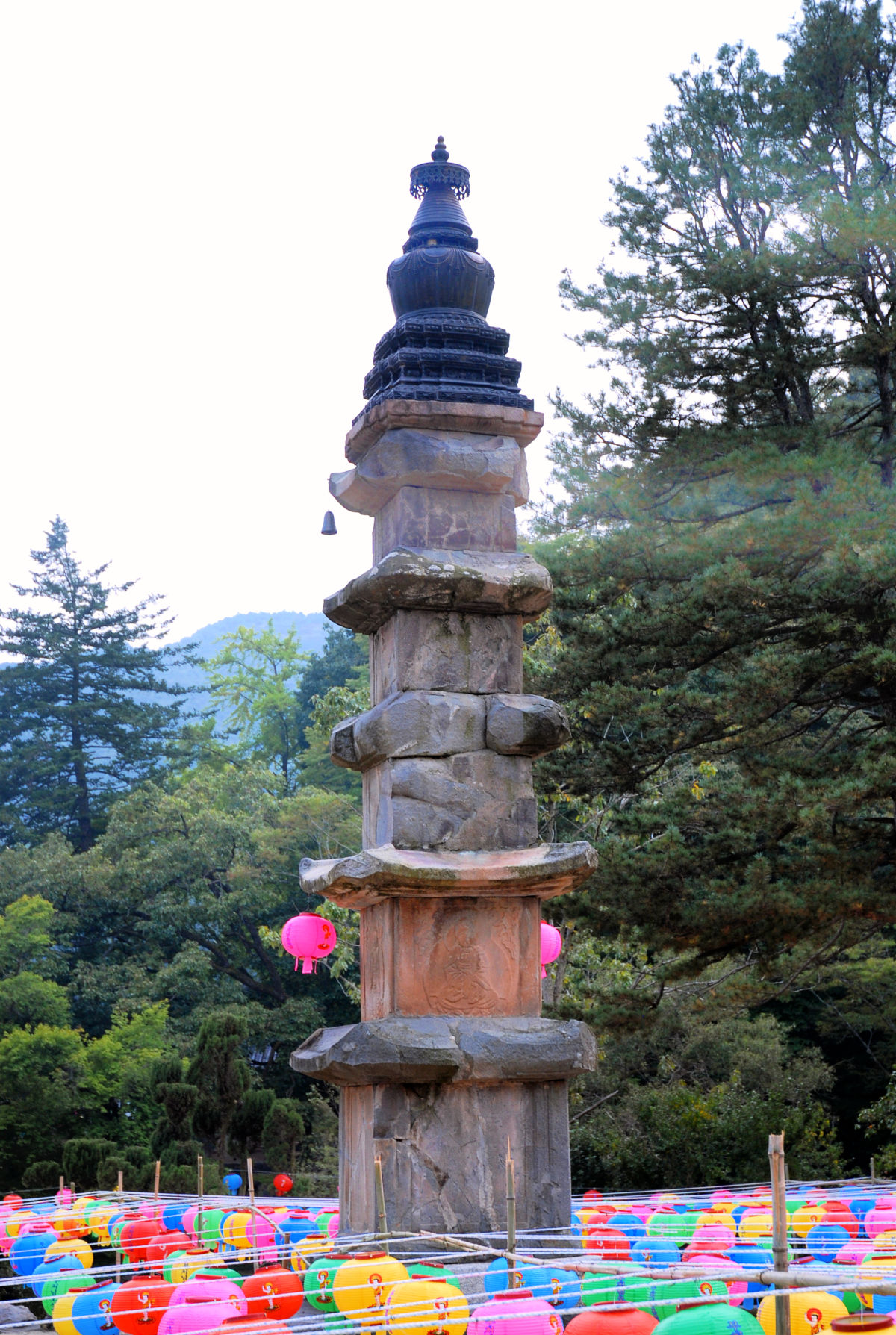
Magoksa Temple, a Buddhist temple in Gongju, South Korea, encountered challenges during the Goryeo-Joseon transition period. For almost two centuries, the temple was frequently used as a hideout for thieves, causing it to fall into a state of disrepair.
However, in 1172, the situation took a turn for the better when the eminent monk Venerable Jinul, also known as Chinul or Bojo Guksa, arrived at the temple.
With the help of his disciple Ven. Su-u, Venerable Jinul expelled the thieves and led efforts to restore the temple to its former glory.
Magoksa Temple's reputation as a significant cultural site in South Korea is further enhanced by the fact that King Sejo of the Joseon Dynasty visited the temple and wrote the Yeongsanjeon Hall plaque.
The plaque, still preserved today, is a testament to King Sejo's admiration for the temple's beauty and historical significance.
The juniper tree in front of Daegwang-bojeon Hall is another historic element of the temple. It is believed to have been planted by Kim Gu, a prominent Korean independence activist who sought refuge at the temple after escaping from Incheon Prison.
The tree, which has grown for over a century, symbolizes the temple's role as a sanctuary for those seeking refuge.
The Legend
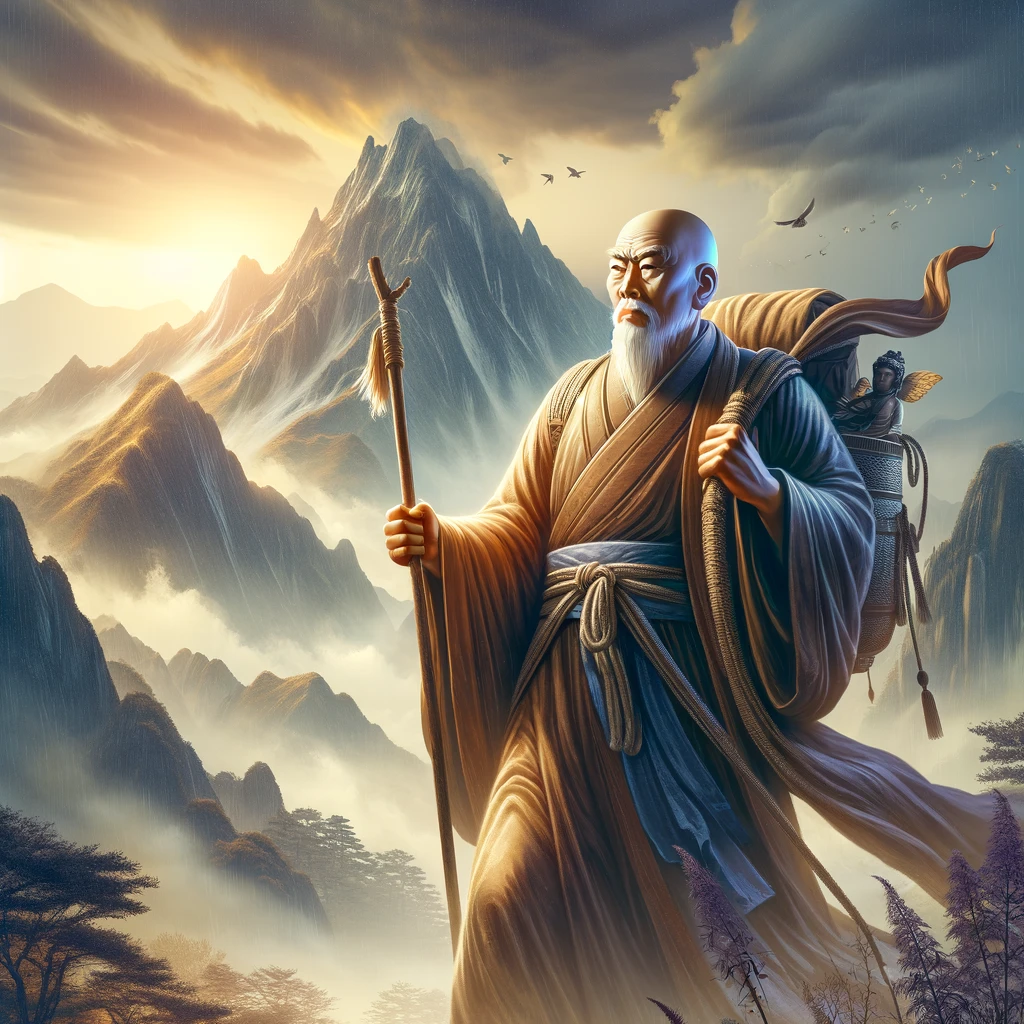 The legendary monk Jajang was believed to be the creator of Magoksa Temple in Gongju.
The legendary monk Jajang was believed to be the creator of Magoksa Temple in Gongju.According to an ancient legend, a renowned Buddhist monk named Jajang traveled to the eastern slope of Taehwasan and made a significant decision to establish a temple in the region.
He called the temple "Magok," which means Flax Valley in English. The name was inspired by Jajang's vision of the place nurturing and producing numerous virtuous priests, much like the rapid growth of flax plants.
This decision marked a turning point in the history of the region, as the temple served as a center of Buddhist learning and practice for centuries to come.
Today, the temple remains an important cultural and spiritual landmark in the area, attracting visitors from all over the world who come to experience its rich history and serene beauty.
Cultural Properties and Geomantic Significance
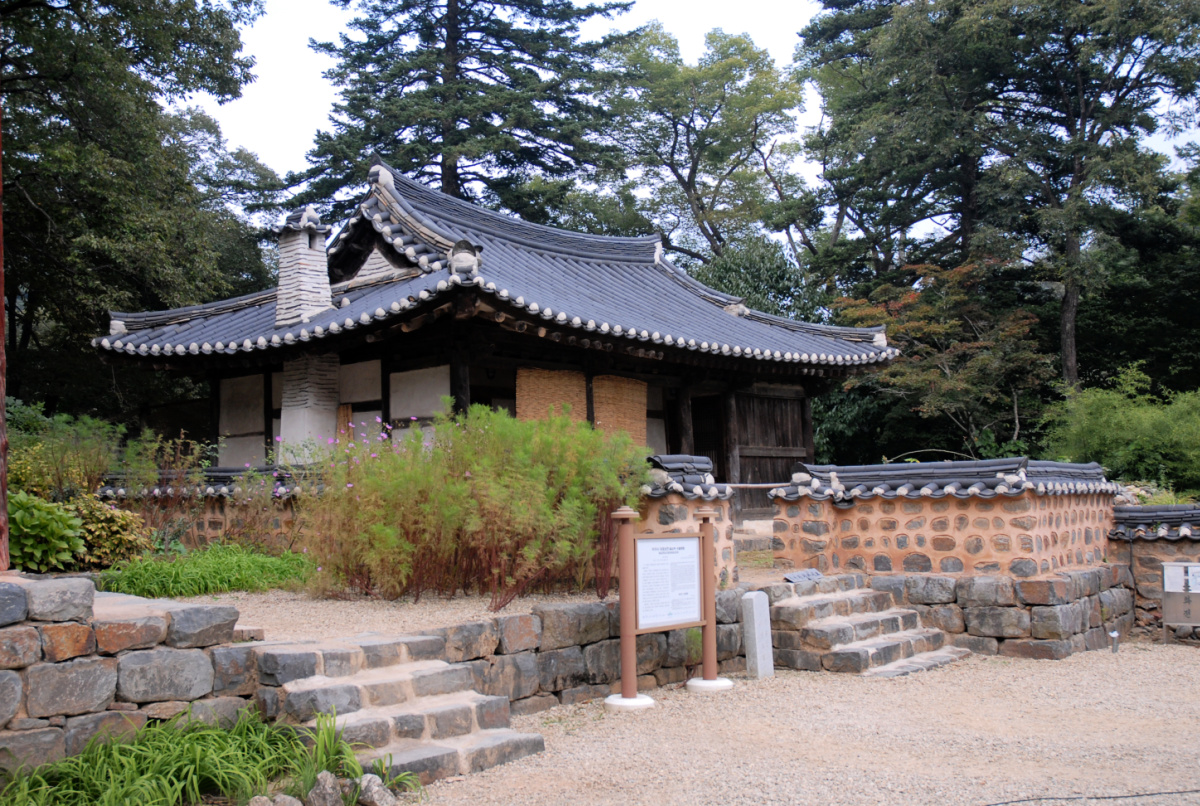 An older temple at Magoksa in Gongju
An older temple at Magoksa in GongjuMagoksa Temple is situated in a region of breathtaking natural beauty that forms the "taegeuk" pattern, according to the principles of geomantic theory.
This sacred site has earned a reputation as one of Joseon's ten most picturesque locations. Its secure and sheltered position offers protection from both human conflict and natural disasters.
The temple's auspicious location has been extensively documented in various geomantic texts, including Taengniji and Jeonggamnok, emphasizing its placement's significance in the broader geomancy context.
The temple's serene surroundings make it a perfect place for meditation and introspection, attracting visitors worldwide.
Magoksa Temple continues to be a place of spiritual practice, historic preservation, and natural beauty. Visitors can explore its ancient halls, pagodas, and peaceful mountain surroundings. 🏯🙏
Getting to Magoksa Temple in Gongju
To reach Magoksa Temple in Gongju, South Korea, from Seoul, you have a few options:
Train and Taxi (Recommended)
- Take the train from Seoul Station to Cheonan Asan Station (KTX Seoul).
- From Cheonan Asan Station, take a taxi to Magoksa Temple.
- The total travel time is approximately 1 hour and 19 minutes. The taxi fare will be around ₩52,518 - ₩70,6471 (approximate only)
Taxi
- Alternatively, you can take a taxi directly from Seoul Express Bus Terminal to Magoksa Temple.
- The distance is approximately 129.5 kilometers, and the taxi fare will be around ₩140,000 - ₩180,0001.
Driving
- If you prefer to drive, you can take your car from Seoul Express Bus Terminal to Magoksa Temple.
- The driving distance is approximately 129.5 kilometers and will take about 1 hour and 29 minutes. Estimated fuel cost is around ₩24,000 - ₩36,0001.
Remember that there is no direct train connection from Seoul to Magoksa. The most convenient option is taking the train to Cheonan Asan Station and then a taxi.
Enjoy your visit to this historic temple! 🌿🏯🚆
Sources:
https://www.magoksa.or.kr/
https://en.wikipedia.org/wiki/Magoksa
https://bing.com/search?q=Magoksa+Temple+South+Korea
https://alchetron.com/Magoksa
http://koreansansa.net/eng/sansa/sansa_020401.do
- Home
- Temples in South Korea
- Magoksa Temple In Gongju
Get Exciting Activities
Book one of our exciting activities today to experience the thrill of a lifetime! Take advantage of this opportunity and secure your spot in advance.
Hotel Map Guide
Find your affordable, accessible, and comfortable hotel in Seoul at Agoda.Com. See the hotel map below...
Hotel Booking Guide
Find affordable and amazing hotels on Agoda.com using the search box below. Book now to enjoy great discounts and save!
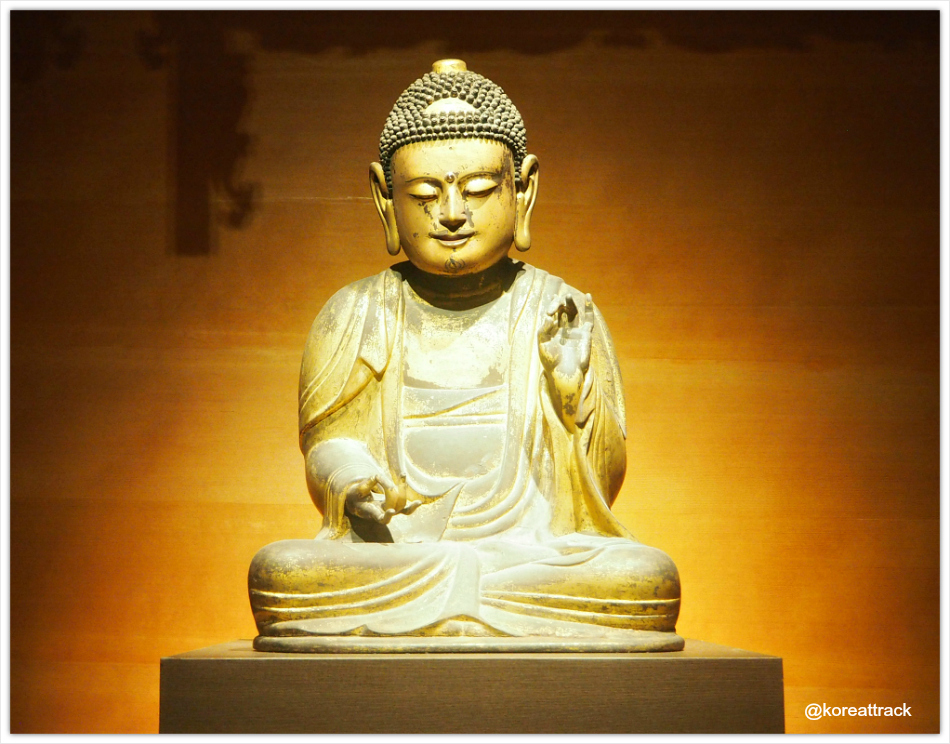
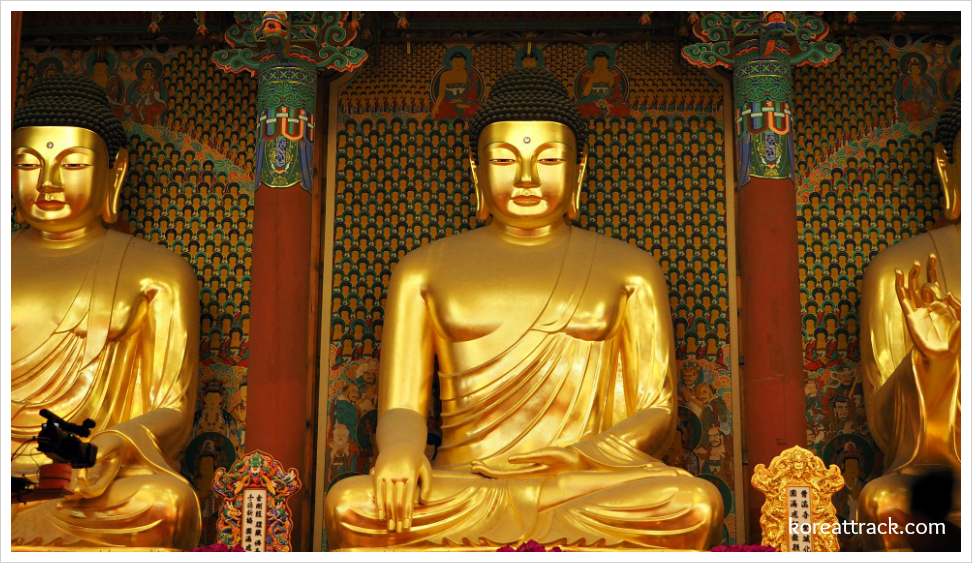
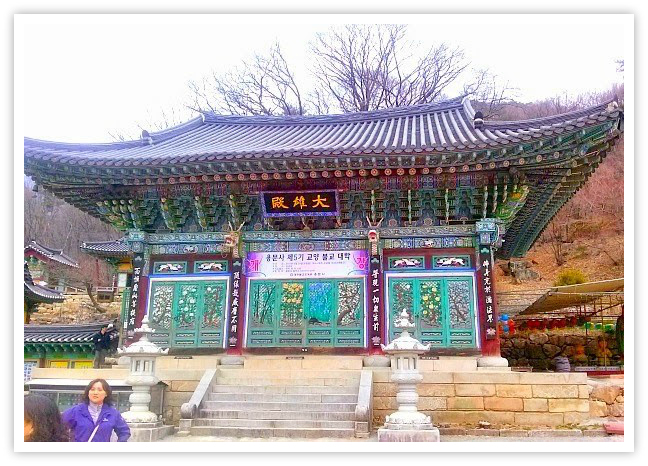




New! Comments
What do you think about this page? Leave me a comment in the box below.